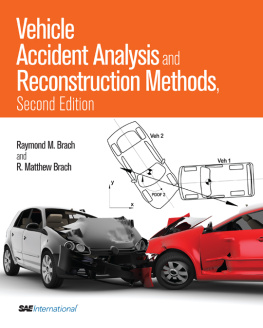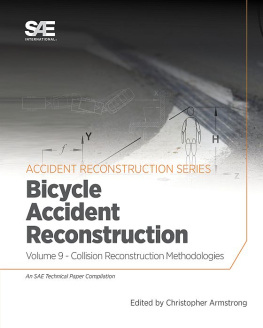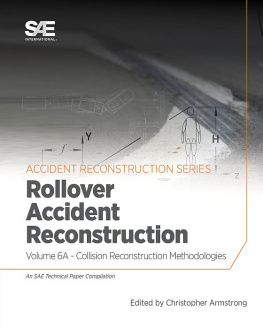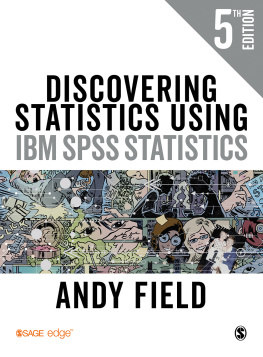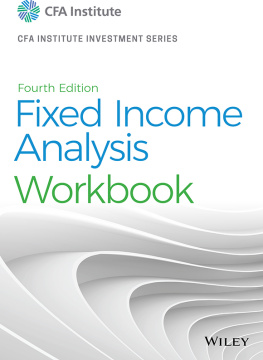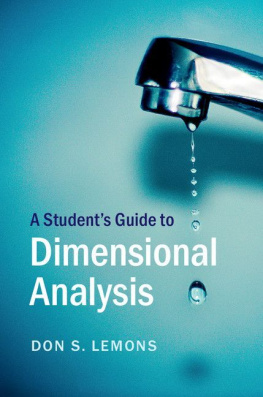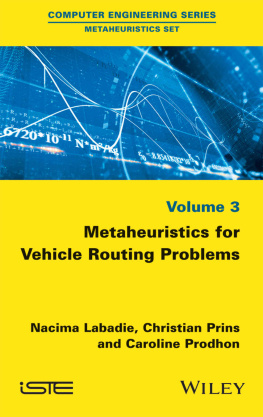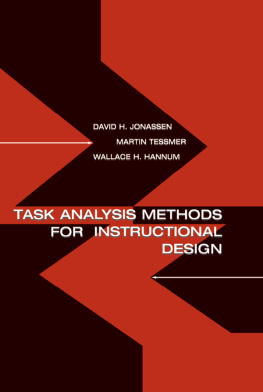Vehicle Accident Analysis
and
Reconstruction Methods
Raymond M. Brach
and
R. Matthew Brach

Warrendale, Pennsylvania, USA

Vehicle Accident Analysis and Reconstruction Methods
Front Matter
Print ISBN: 978-0-7680-3437-0
eISBN: 978-0-7680-5742-3
DOI: 10.4271/R-397
Vehicle Accident Analysis
and
Reconstruction Methods
Other related resources from SAE International:
Tire Forensic Investigation
By Thomas Giapponi
(Product Code: R-387)
Automotive Safety Handbook, Second Edition
By Ulrich W. Seiffert and Lothar Wech
(Product Code: R-377)
An Engineer in the Courtroom
By William J. Lux
(Product Code: R-155)
Crash Reconstruction Research
Edited by Michael S. Varat
(Product Code: PT-138)
For more information or to order a book, contact SAE International at 400 Commonwealth Drive, Warrendale, PA 15096-0001 USA; phone 877-606-7323 (U.S. and Canada only) or 724-776-4970 (outside U.S. and Canada); fax (724) 776-0790; e-mail .

400 Commonwealth Drive
Warrendale, PA 15096-0001 USA
E-mail:
Phone: 877-606-7323 (inside USA and Canada)
724-776-4970 (outside USA)
Fax: 724-776-1615
Copyright 2011 SAE International. All rights reserved.
No part of this publication may be reproduced, stored in a retrieval system, distributed, or transmitted, in any form or by any means without the prior written permission of SAE. For permission and licensing requests, contact SAE Permissions, 400 Commonwealth Drive, Warrendale, PA 15096-0001 USA; e-mail: ; phone: 724-772-4028; fax: 724-772-9765.
ISBN 978-0-7680-3437-0
SAE Order No. R-397
DOI 10.4271/R-397
Library of Congress Cataloging-in-Publication Data
Brach, Raymond M.
Vehicle accident analysis and reconstruction methods / Raymond M. Brach and R. Matthew Brach.
p. cm.
Includes bibliographical references and index.
ISBN 978-0-7680-3437-0
1. Traffic accident investigation. 2. Traffic accidentsSimulation methods. 3. Traffic accidentsMathematical models. 4. AutomobilesDynamics. I. Brach, R. Matthew. II. Title.
HV8079.55.B723 2011
363.12'565--dc22
2010053248
Information contained in this work has been obtained by SAE International from sources believed to be reliable. However, neither SAE International nor its authors guarantee the accuracy or completeness of any information published herein and neither SAE International nor its authors shall be responsible for any errors, omissions, or damages arising out of use of this information. This work is published with the understanding that SAE International and its authors are supplying information, but are not attempting to render engineering or other professional services. If such services are required, the assistance of an appropriate professional should be sought.
To purchase bulk quantities, please contact:
SAE Customer Service
E-mail:
Phone: 877-606-7323 (inside USA and Canada)
724-776-4970 (outside USA)
Fax: 724-776-1615
Visit the SAE Bookstore at http://store.sae.org
ERRATA
Vehicle Accident Analysis and Reconstruction Methods, Second Edition (R-397)
Corrections to equations:

(3.44)

(3.50)

(4.1)

(9.4)

(9.15)
Dedication
A great deal of support was provided by our families during the preparation of this work. Our wives, Carol Brach and Paula Brach, encouraged this endeavor and shared in the effort required to complete the task. Matt's children, Elizabeth, Olivia, and Daniel, sacrificed family time to permit writing to be done. This book is dedicated to them.
Foreword
Vehicle accident reconstruction is a discipline which has developed and grown enormously over the (nearly) forty years that it has been my good fortune to be involved in it. In the early 1970s the methods were crude, being largely confined to simple calculations on skidding and stopping distances and on how far this vehicle or that person would move in a given time. It was as well that the calculations were simple, since slide rules were the only practicable portable calculator, and personal computers were an improbable dream. In those days the ordinary practitioner knew very little about such things as tire dynamics, road surface properties, vehicle crush behavior, or what happens when a pedestrian is hit by a car. But gradually accident reconstructionists picked up knowledge on these matters from various fields of learningvehicle and highway engineering, safety research, driver psychology, trauma medicineand at the same time the means of handling it, in the shape of calculators, computers, and eventually the internet came into being. A good example is the CRASH program, developed for NHTSA as a road safety research tool. Although by around 1980 it was being recognised as something that reconstructionists could use, it required a mainframe computer, and even then there were no graphics, so the scope for misusing it was considerable. Yet by 1990 a number of versions of it, complete with graphics and much greater flexibility than the original, were available for use in portable personal computers.
But a problem throughout this period was how to get a deep but practical knowledge of what was an ever-widening field of study. The admirable manuals published by Northwestern University both then and now covered a great deal of the field at a practical but relatively shallow level, being primarily directed at police officers rather than engineers. Anyone wishing to delve deeper was confronted by daunting volumes on the rigorous analysis of tire and vehicle dynamics, or the construction of highways, or the medical details of occupant and pedestrian trauma. One response was the advent of accident reconstruction societies and conferences for the dissemination of information and pieces of research: as far as I can ascertain, the first society with a wide reach was IAARS, founded in 1980, while notable among conferences has been the annual Accident Reconstruction Session at the SAE World Congress, which began in 1987. But despite all this, there was still the lack of a scholarly and mathematically rigorous text for the reconstructionists. This is where Ray and Matt Brach come in.
I first met Ray Brach in the late 1980s, when he visited me in London. I immediately recognised him as a practical as well as academic engineer, with a deep interest in solving everyday problems, notably vehicle collisions. I am pleased to say that the acquaintance has grown over the years, with getting to know his son Matt as well, and more recently through their management of the SAE Congress sessions. A book by them was therefore something to look forward to, and the first edition, published in 2005, did not disappoint. But a considerable bonus with the book was a training course, and I had the pleasure of hosting Ray and Matt when they presented it to a group of investigators (myself included) from TRL in 2006.

